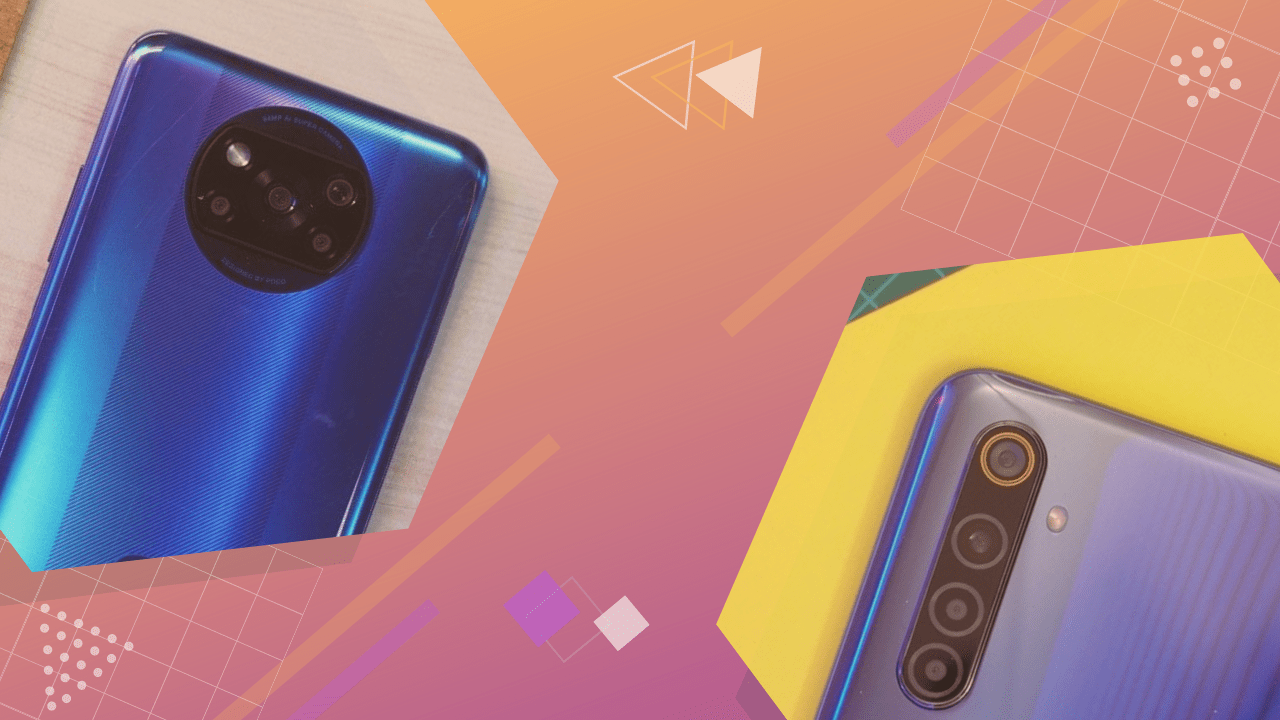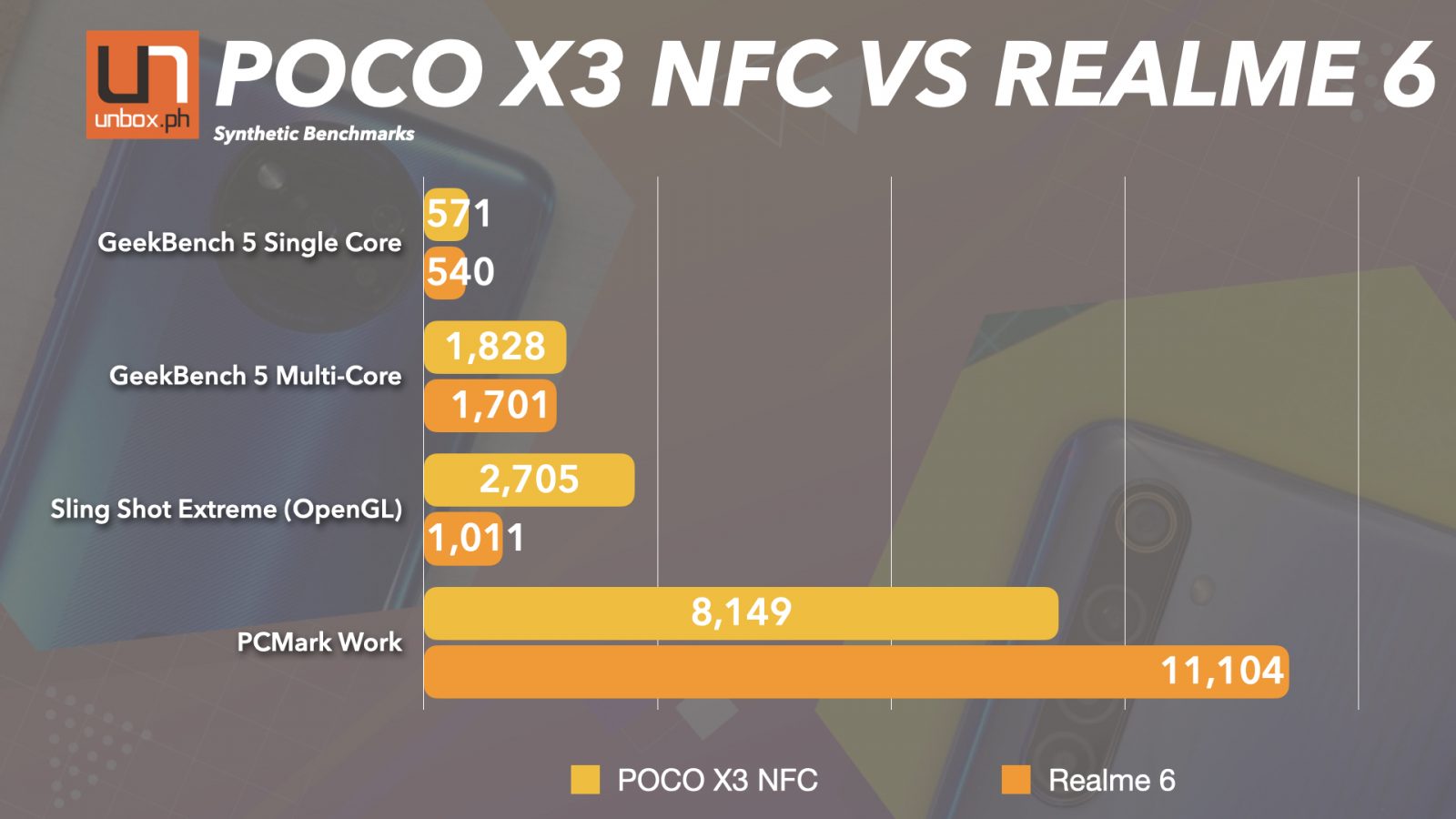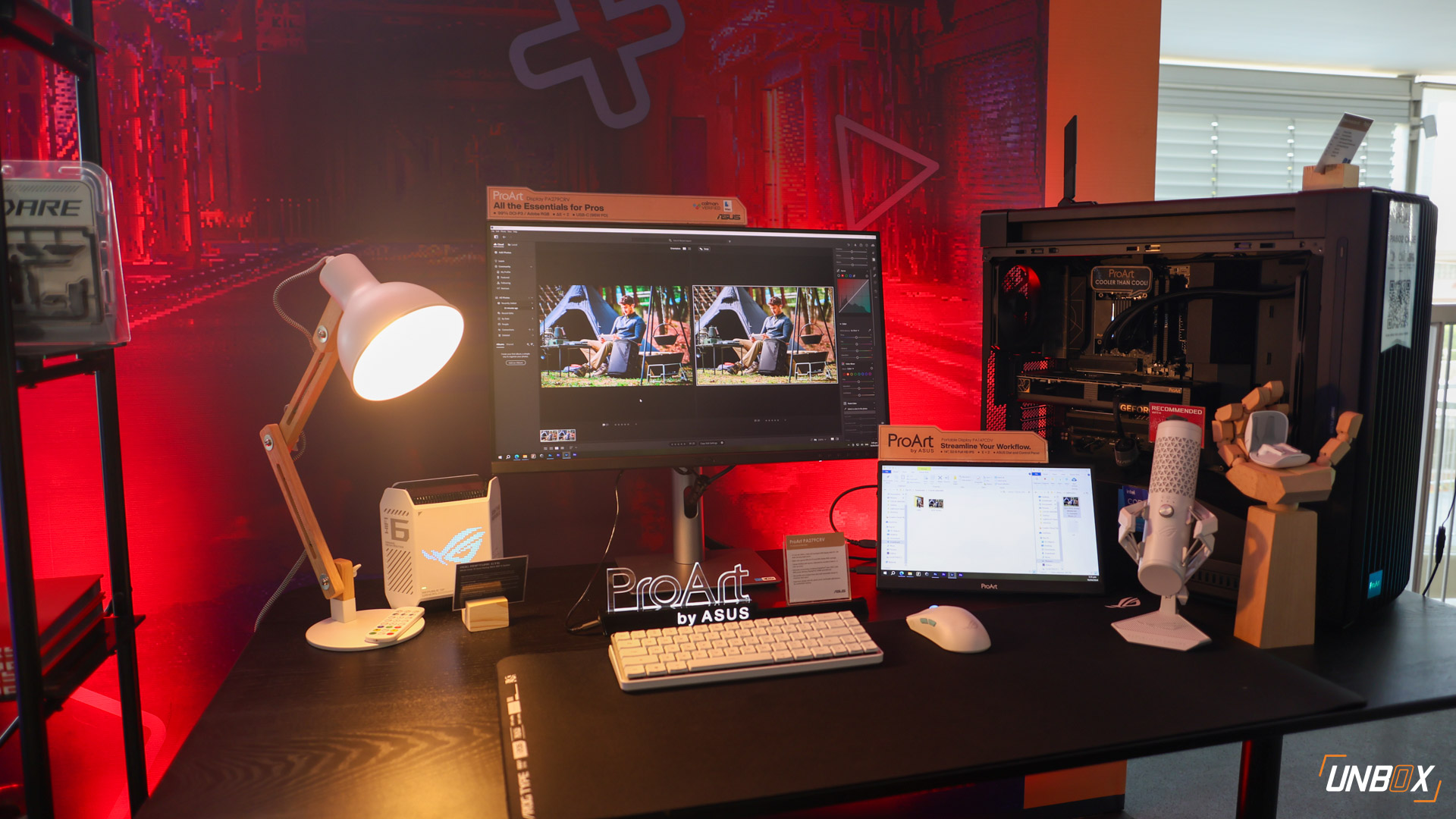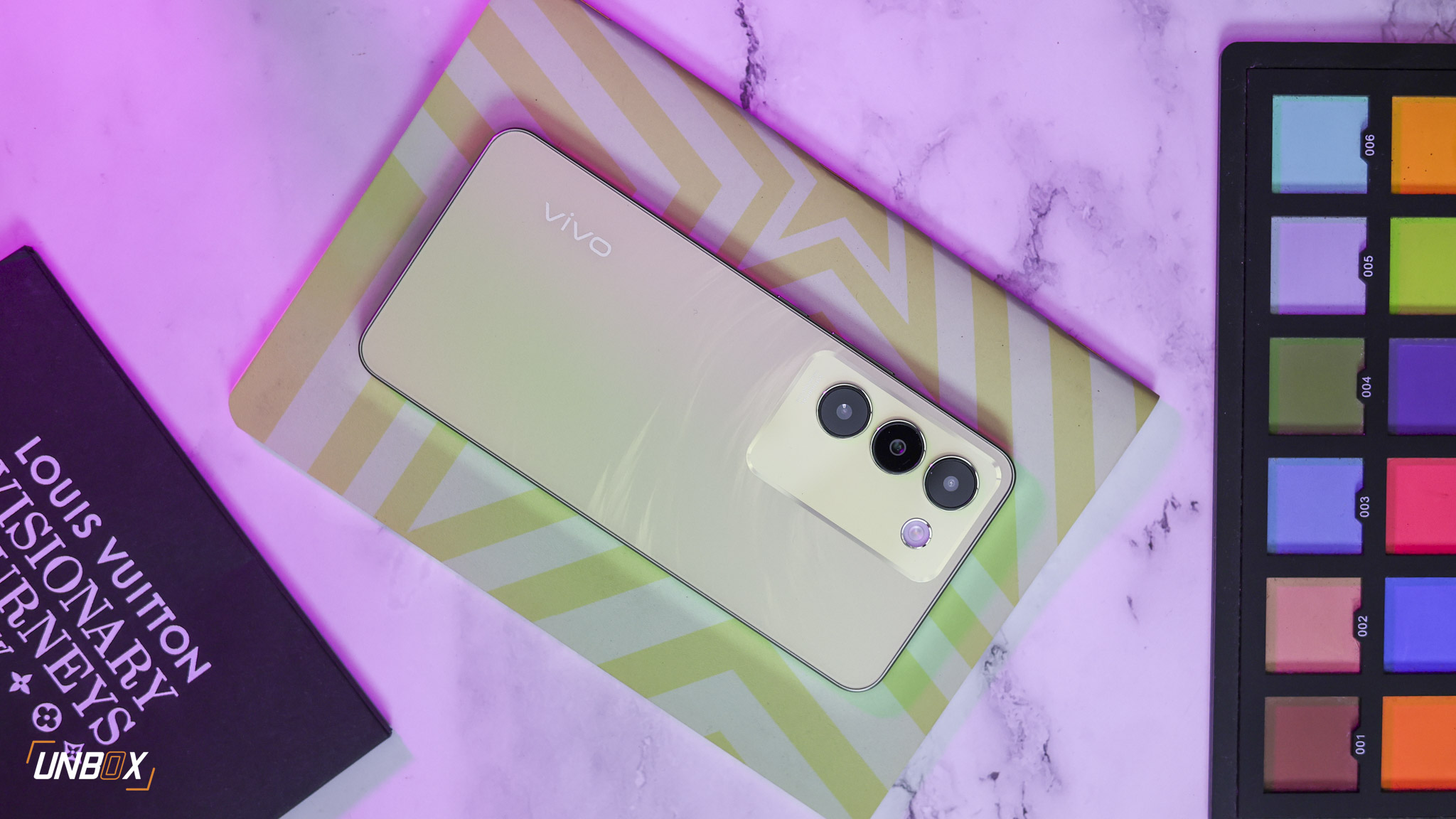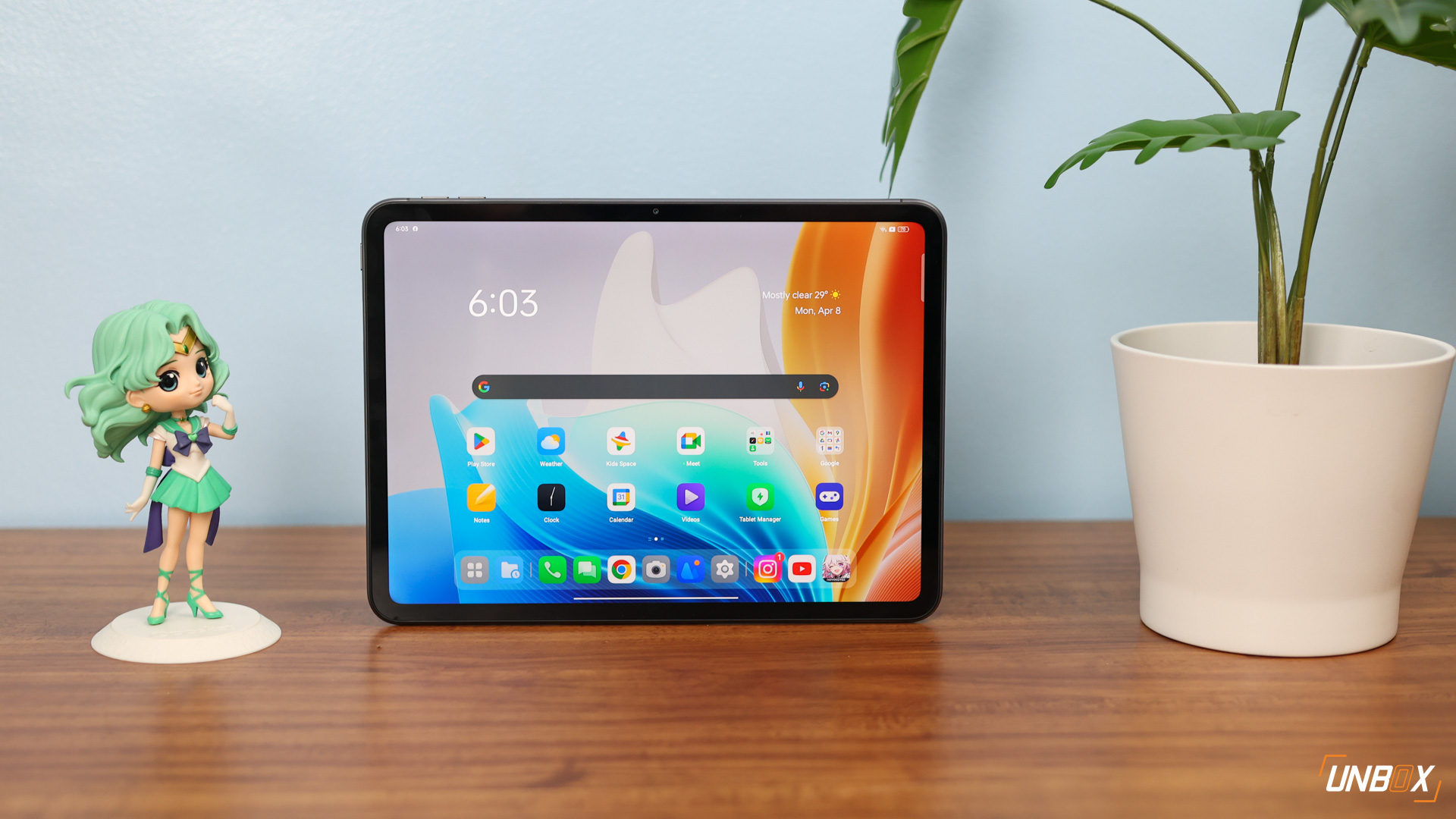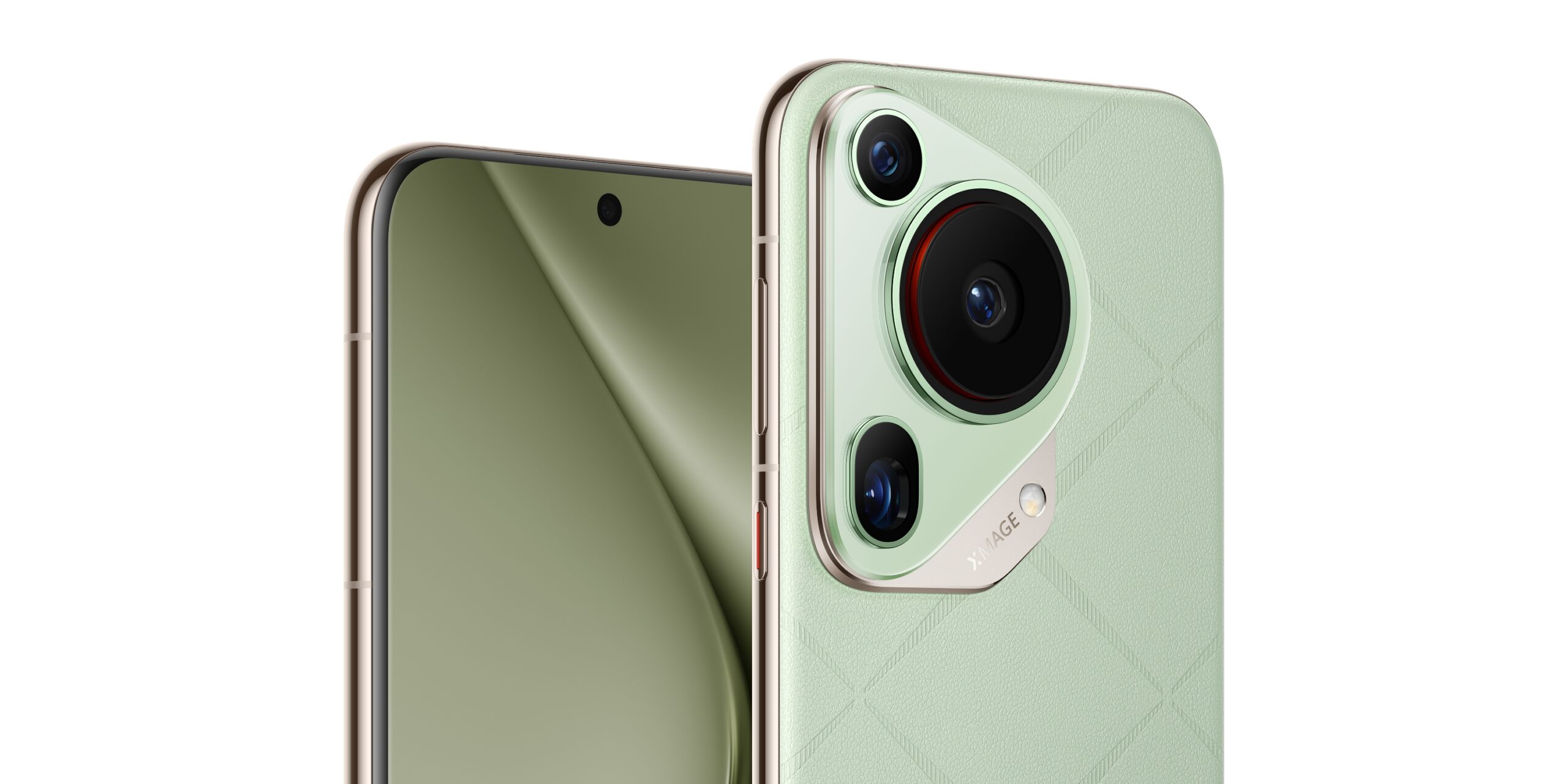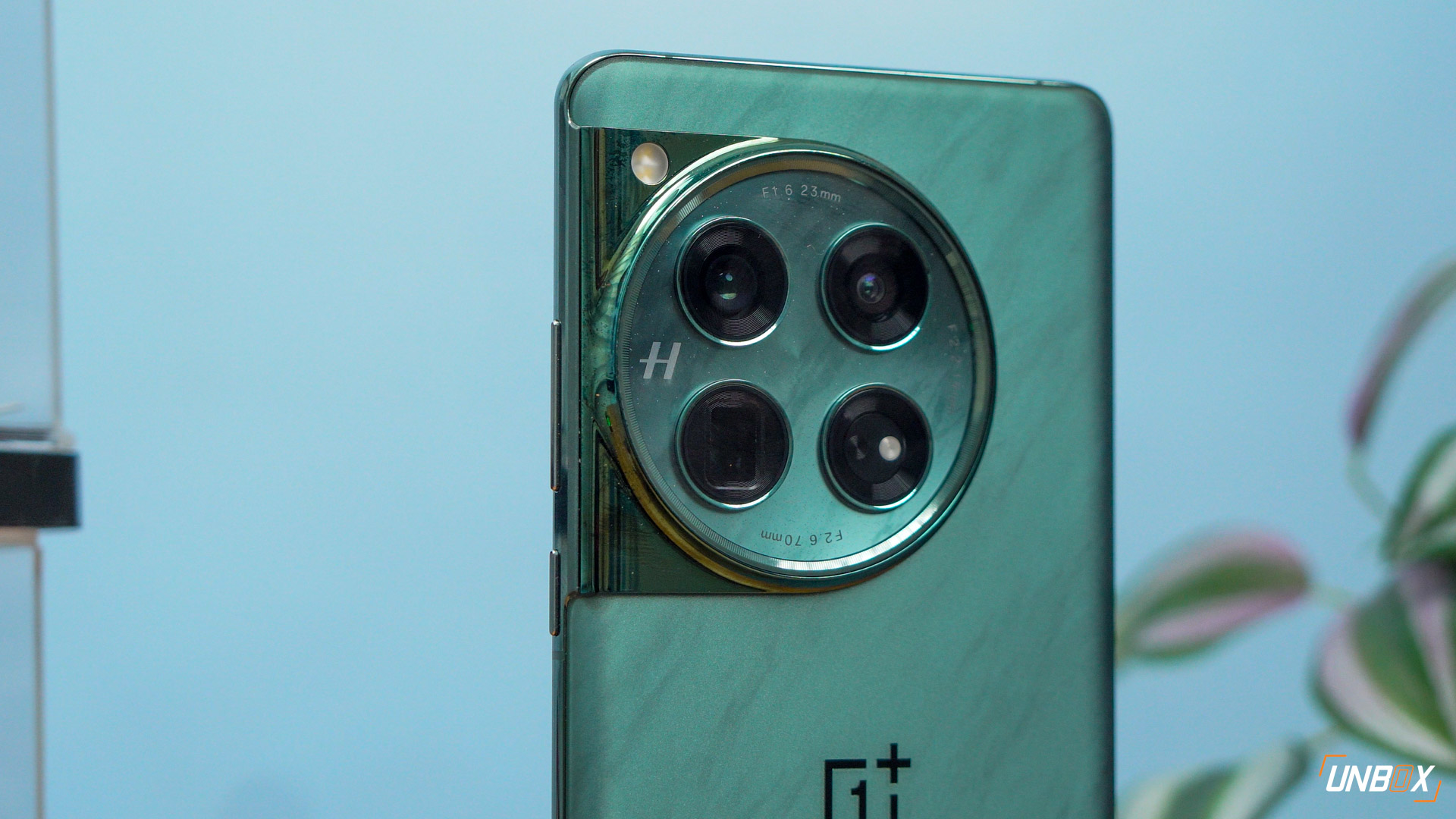Verdict: There hasn’t been a matchup as interesting as the POCO X3 NFC VS the Realme 6, thanks to both device’s bang-for-the-buck positioning. But the POCO X3 NFC is the clear winner here, with the phone’s Snapdragon 732G processor offering tangible gains over MediaTek’s latest mid-range chipset, especially when it comes to gaming performance and endurance. Couple that with the phone’s other features, like its smoother 120Hz refresh rate, bigger battery, and lower price make it stand out VS Realme’s offering.
The POCO X3 NFC has only been out a day in the Philippines but it’s already making its mark on the incredibly competitive mid-range market. Aside from the enormous interest on the phone itself, we’ve been inundated with requests to compare the new phone with another mid-range contender, the Realme 6.
That’s exactly what we’re doing today – while we won’t be able to show you the side-by-side performance of the cameras, we’ll be able to chart the benchmark results of both devices using different programs to show you how they stack up to each other.
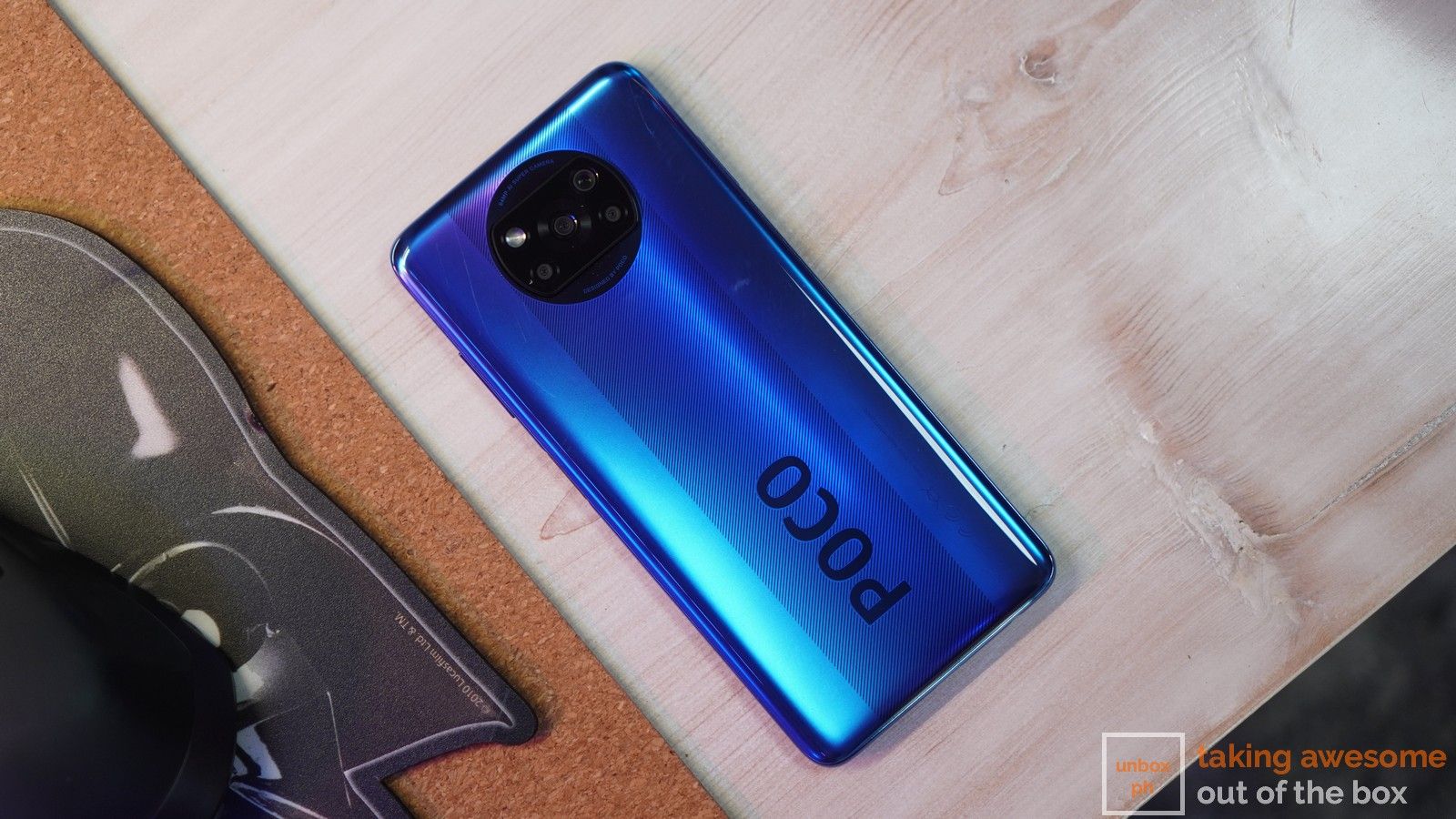
Design
Both phones have plastic backs being more affordable mid-range phones, and both have very distinct design language.
The biggest difference here is how both brands handled the quad-camera module on the rear of their phones – Realme’s approach is more conventional, tucking the quad-cameras on their phone into a neat rectangular strip located on the upper left side, while POCO placed their quad-camera module in the center.
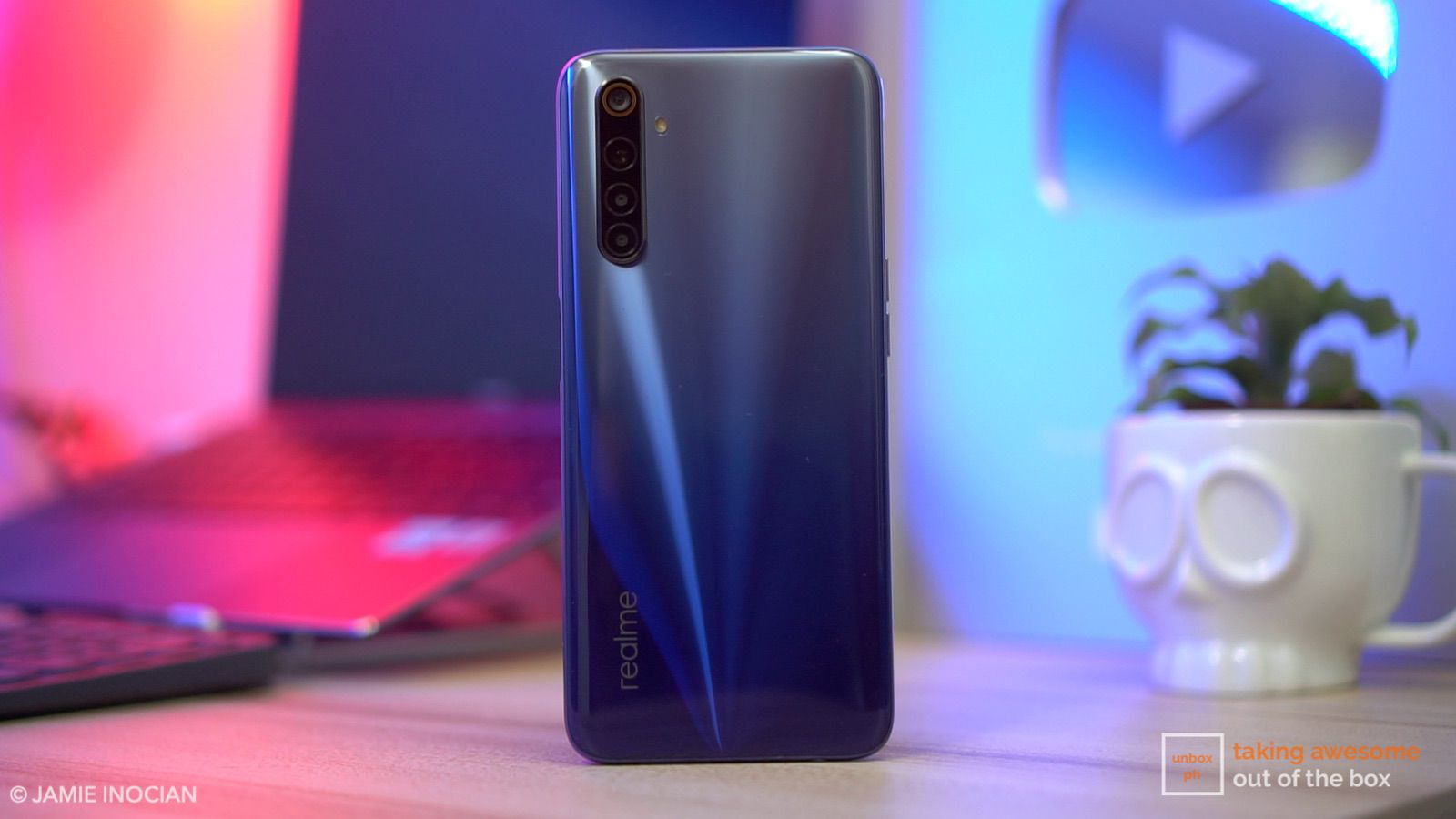
Both phones have side-mounted fingerprint scanners, and both have 3.5mm jacks and use USB Type-C connectors.
One point against the POCO X3 NFC is its shared SIM slot, which means you’ll have to choose between more storage VS a second SIM card. The Realme 6 doesn’t have that limitation.

Display
The Realme 6 sports an IPS 6.5-inch full HD+ panel with a punch-hole notch placed at the upper left side of the corner that holds a 16-megapixel main camera with an f/2.0 aperture lens. The display is protected with Gorilla Glass 5.
The POCO X3 NFC meanwhile, has a 6.67-inch full HD+ IPS panel with a centrally-placed punch-hole notch that contains a 20-megapixel main shooter with an f/2.2 aperture. The display of the POCO X3 NFC is also protected by Gorilla Glass 3.
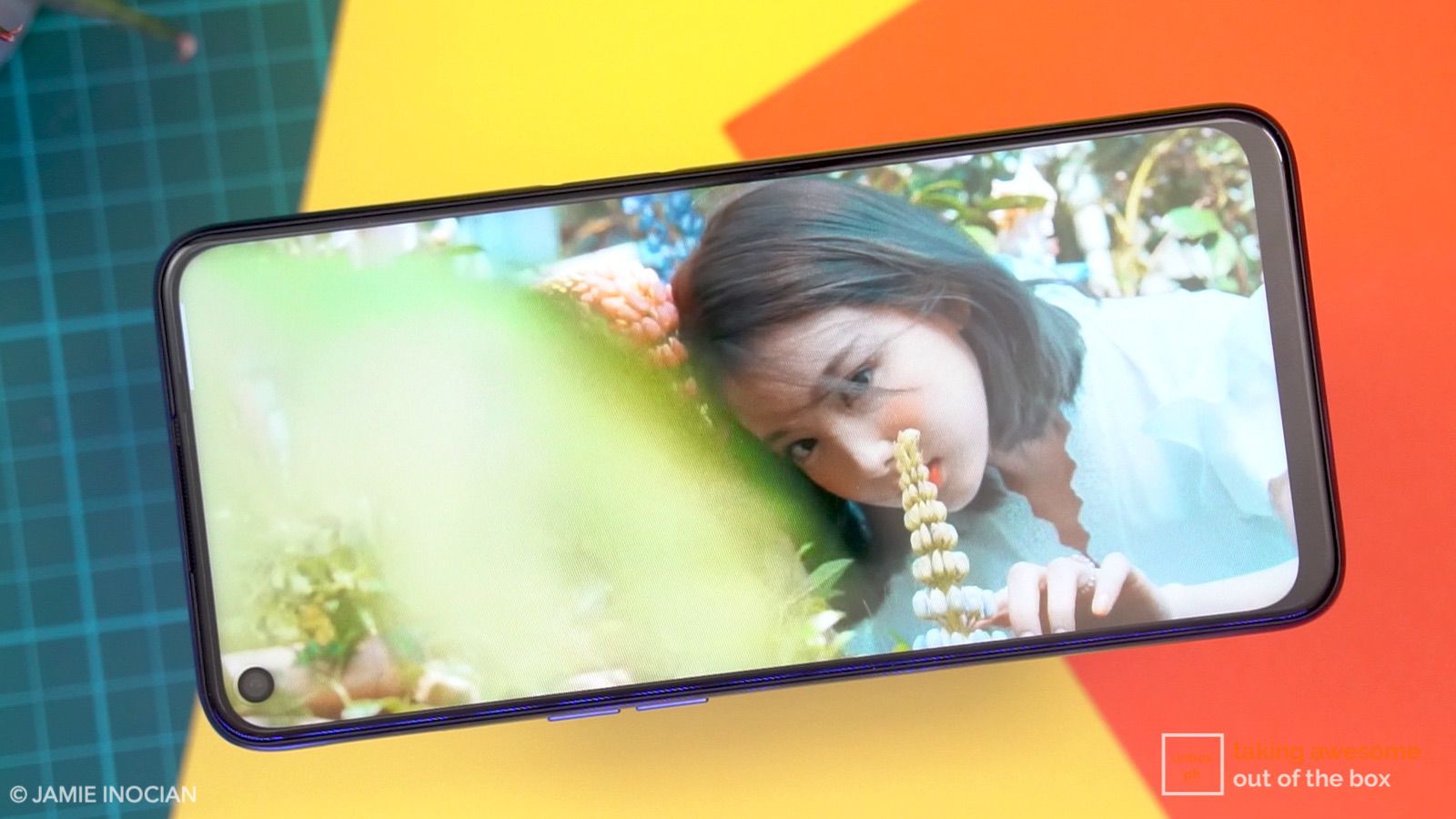
Both phones have refresh rates higher than 60Hz, with the Realme 6 sporting a 90Hz refresh rate, though the POCO X3 NFC goes a notch higher, at 120Hz. The POCO X3 NFC can also lower its refresh rate to 90Hz to conserve power and has a 250Hz touch sampling rate for faster touch responses when gaming.
In addition, the POCO X3 NFC’s display is HDR10 capable and has Wildvine L1 certification for HD Netflix streaming. The Realme 6 initially launched without that certification, though it received it later on via an OTA update.
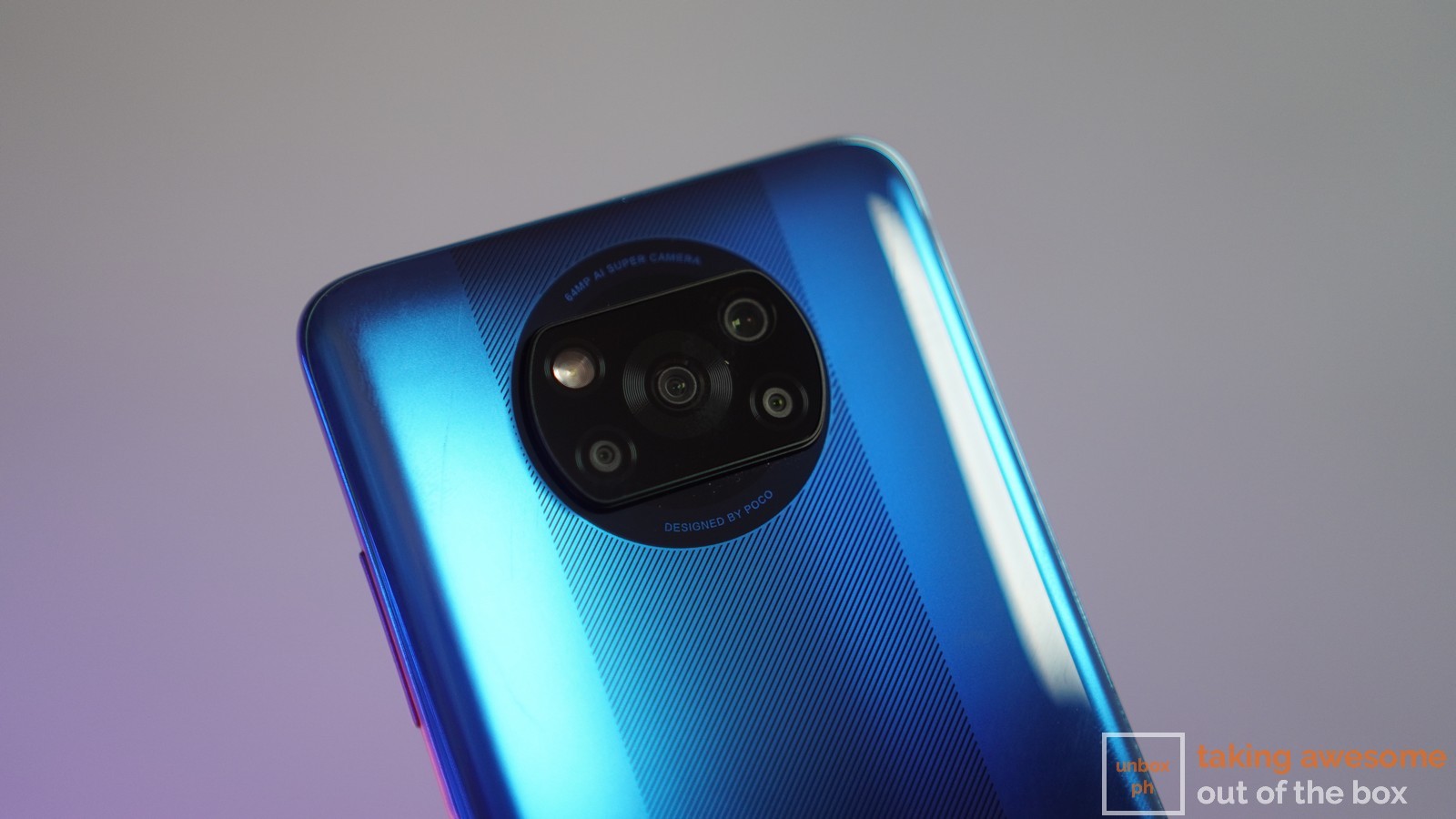
Cameras
Both phones have quad-cameras, and sport similar setups: the Realme 6 has a 64-megapixel f/1.8 ISOCELL Bright GW1 main camera, an 8-megapixel f/2.3 ultra-wide-angle camera and 2-megapixel f/2.4 monochrome camera, and a 2-megapixel f/2.4 macro camera.
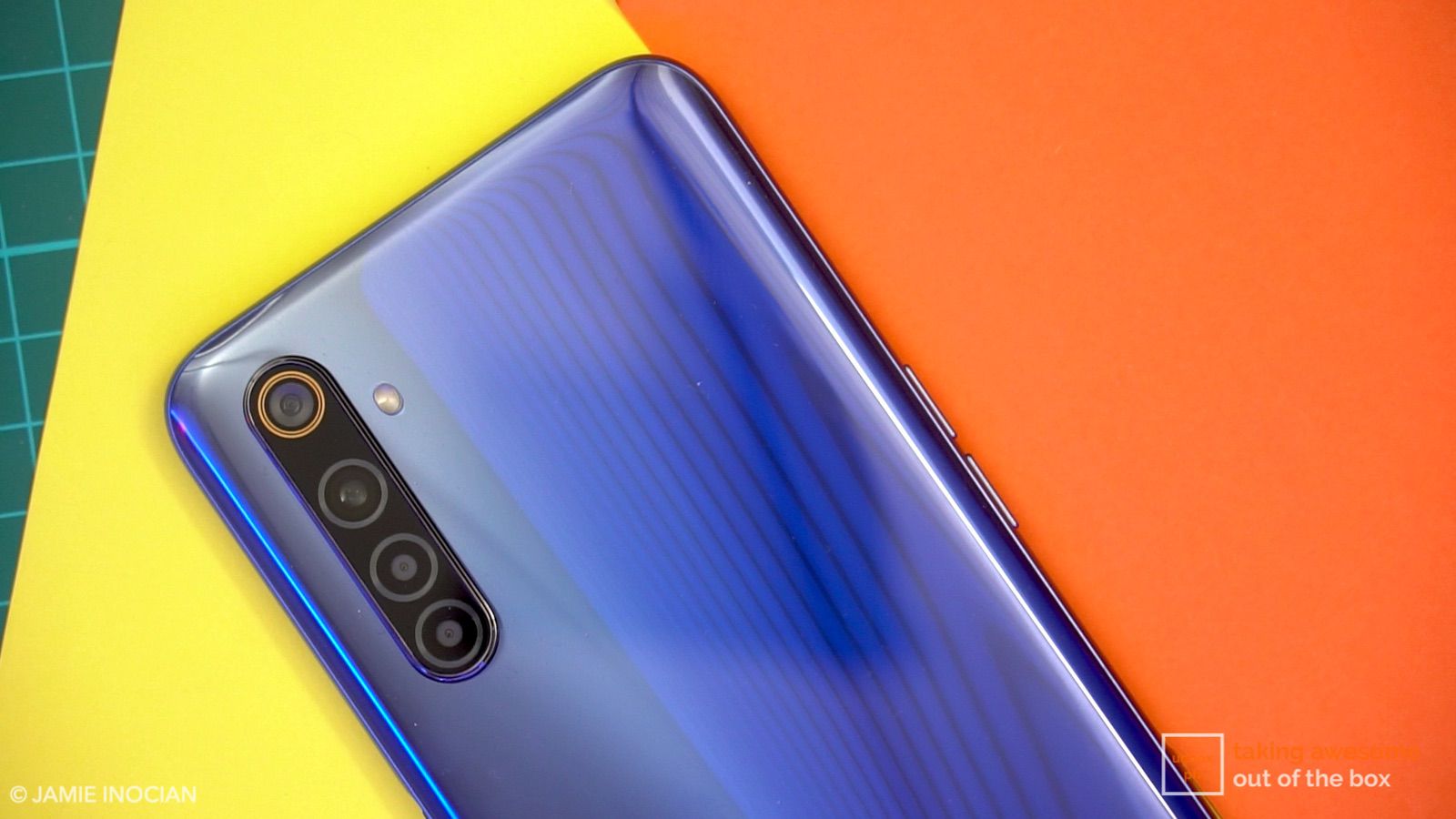
The POCO X3 NFC meanwhile, has a 64-megapixel Sony IMX 682 main shooter with an f/1.89 aperture lens, 13-megapixel ultra-wide camera with an f/2.2 aperture lens, 2-megapixel macro camera, and 2-megapixel depth sensor.
It’ll be interesting to see how both sensors stack up since they’re both made by different companies, and how the two brands handle the image processing side of the equation.
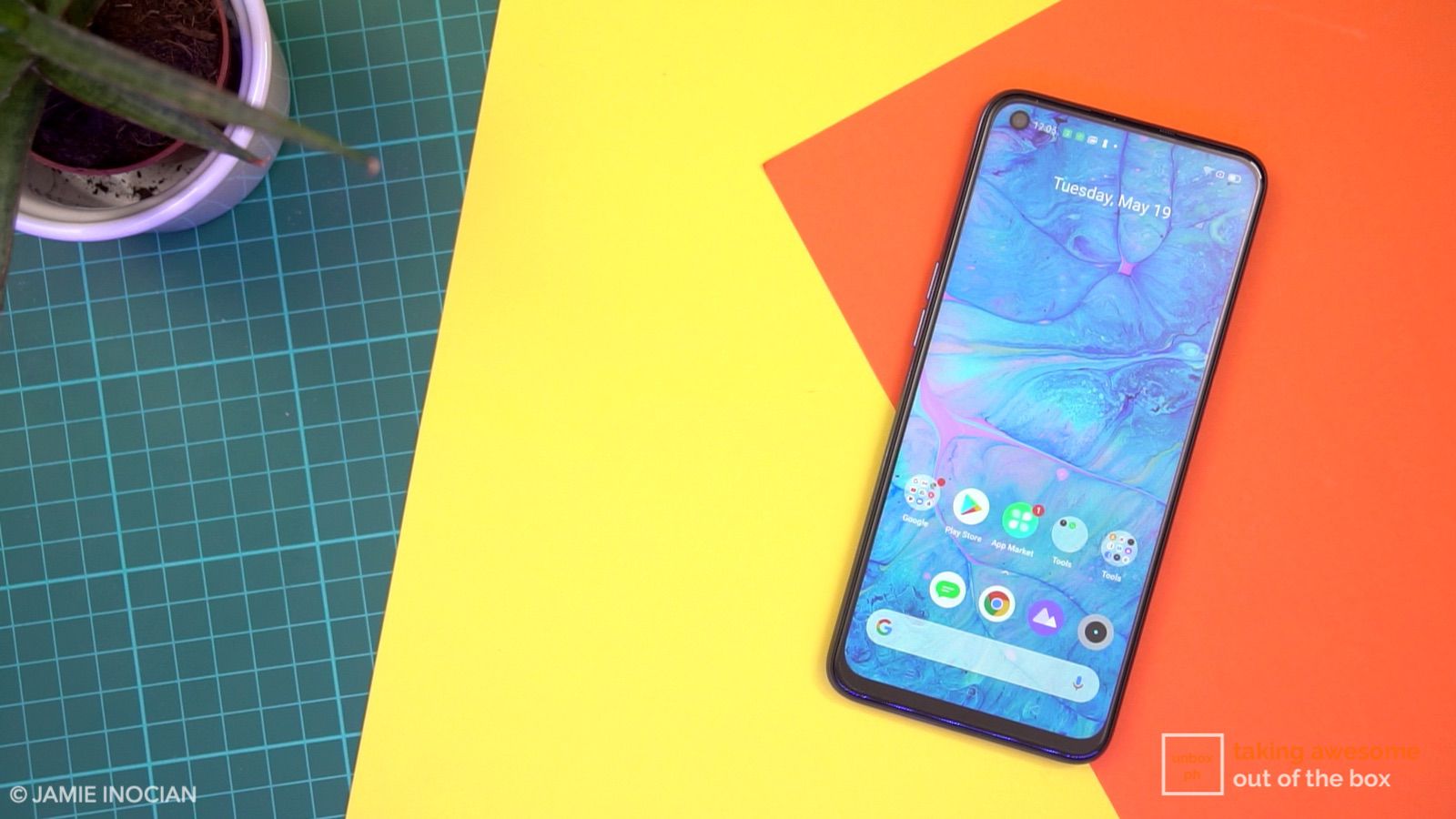
Hardware and battery
The Realme 6 is armed with MediaTek’s Helio G90T, running 2x 2.05GHz Cortex-A76 cores for performance along with 6x 2GHz Cortex-A55 cores for every-day use. The GPU is a Mali-G76 MC4 running 800MHz. The processor is built on an older 12nm process.
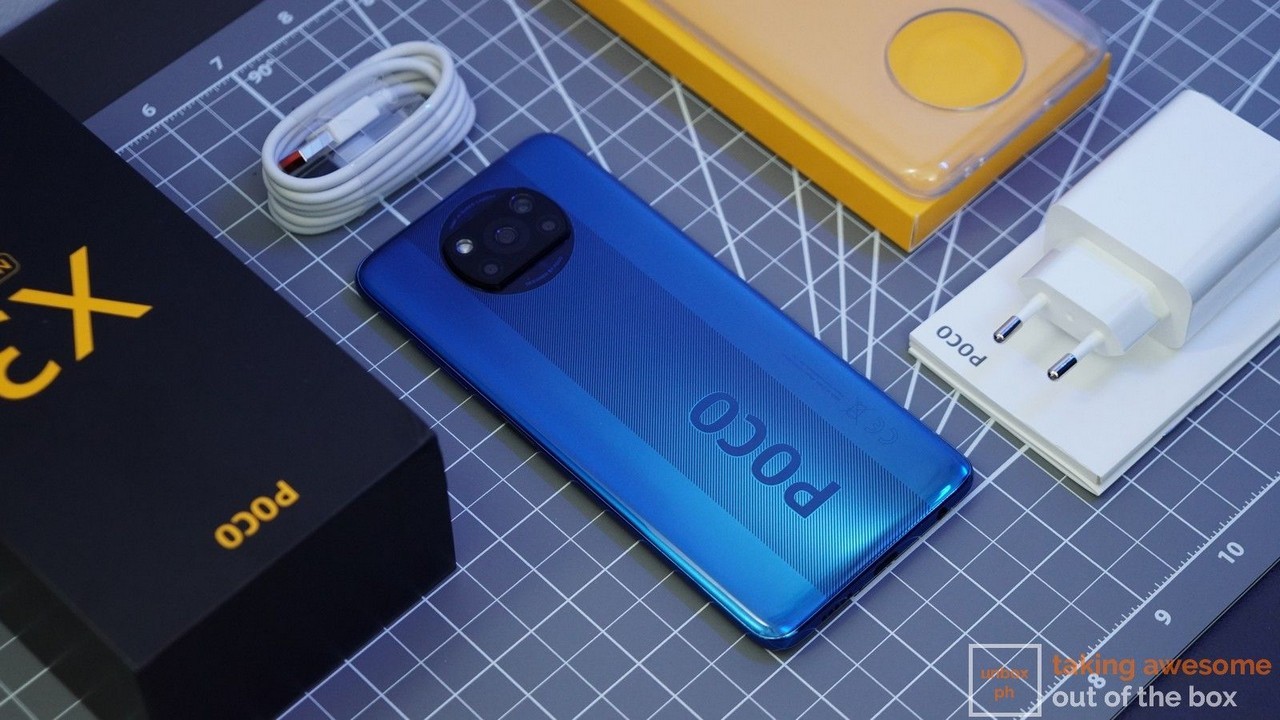
The POCO X3 NFC meanwhile is the first phone to be armed with Qualcomm’s Snapdragon 732G processor, a refinement of sorts for the 730G. The processor has 2x 2.3GHzKryo 470 Gold performance cores and 6x 1.8GHz cores for general use. The GPU is an Adreno 618 running at 950MHz.
Let’s take a look at how both chipsets stack up to benchmarks:
The POCO X3 NFC has a small lead VS the Realme 6 in terms of benchmarks in GeekBench 5’s single-core and Multi-core benchmarks, which shows the small gains in terms of processing power between the two chipsets when it comes to general use. What’s really interesting is the disparity between the Slingshot Extreme scores, which measure general GPU performance between the two. The POCO X3 NFC scores more than twice that of the Realme 6, which translates to better, and smoother gameplay.
The POCO X3 NFC comes in two flavors, as does the Realme 6. The base variant has 6GB of RAM and only 64GB of storage, with the pricier variant sporting 6GB of RAM and 128GB of storage.
The Realme 6’s base variant gets 4GB of RAM and 128GB of storage, while the pricier version gets 8GB of RAM and 128GB of storage.
As for the battery, the Realme 6 comes with a 4300mAh battery and fast charging via 30W fast charging tech. The POCO X3 NFC meanwhile, comes with a far bigger battery cell at 5020mAh, and a slightly faster fast charging tech of 33W. While we haven’t done a full battery drain test on the POCO X3 NFC yet, just looking at the device on paper (more power-efficient 8nm processor, bigger battery) it looks like it wins VS the Realme 6 when it comes to battery endurance.
Price and wrap-up
Pricing is one of the most important aspects of a budget, mid-range phone, and this is where the POCO X3 NFC excels at. The base 6GB/64GB variant comes in at just Php 10,990, which is less than the Php 11,990 starting price for the 4GB/128GB version of the Realme 6. If you’re reading this during the 9.9 sale, the price of the Realme 6 is currently down to Php 10,790.
While you’re getting half the storage, that’s easily remedied by using a microSD card, though take note you won’t be able to use the second SIM slot if you do so.
We can’t really comment on how much better the POCO X3 NFC’s cameras fare against the Realme 6, but we’ll be dedicating a whole other article for that comparison later on.
As far as performance goes, the POCO X3 NFC also wins in that department, thanks to the more powerful and more energy-efficient Snapdragon 732G processor on board.


